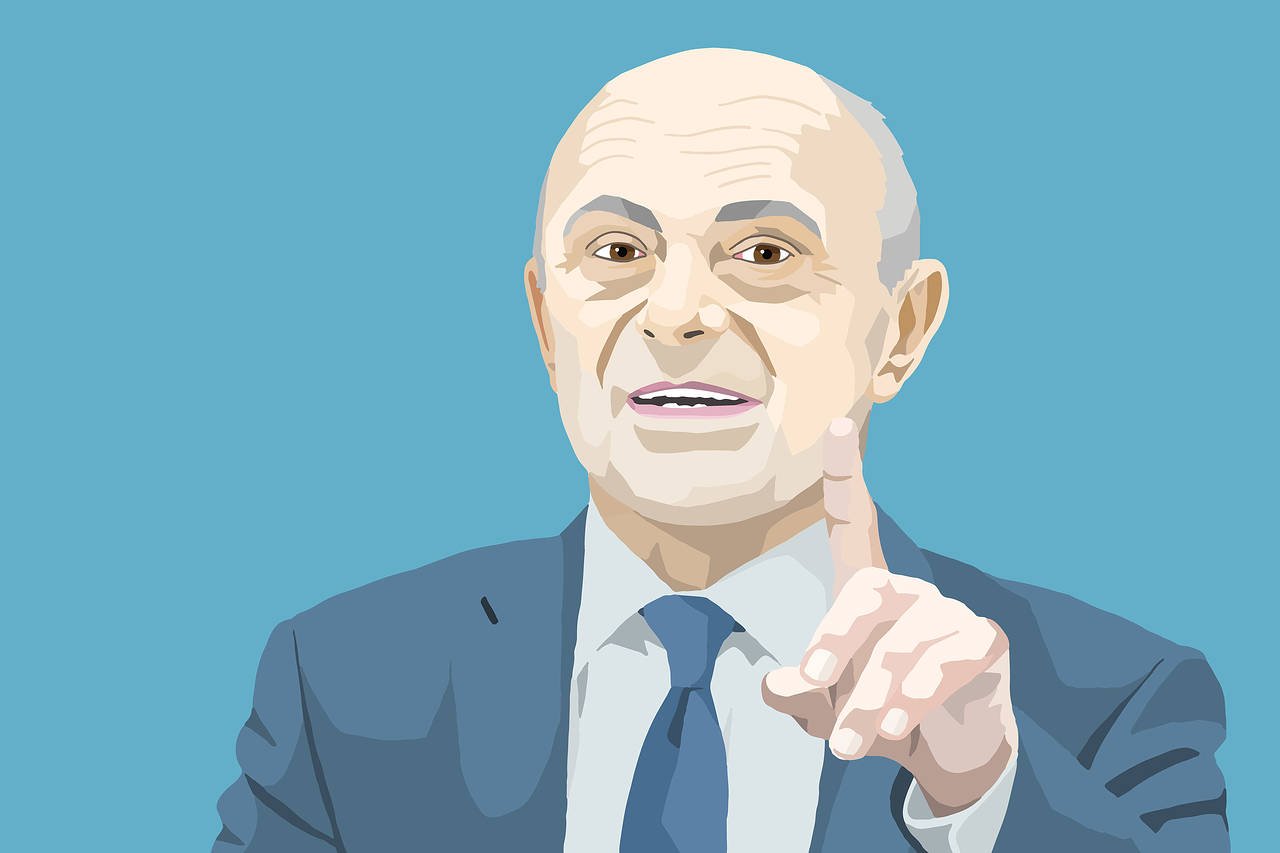Lodging Outperformance
Lodging's Banner Year?
Arizona Biltmore Hotel
JLL Predicts Robust 2024 Hotel Investment Market
On Wednesday, Bloomberg reported that Blackstone had sold the Arizona Biltmore for $705 million, a little more than $1 million per room. The transaction confirms the bullish outlook real estate advisory firm JLL laid out in their Global Hotel Investment Outlook 2024.
A November JLL survey showed that 4 out of 5 investors said they planned on being net buyers of hotels over the next 12 months. According to Bloomberg, "That’s the highest rate since the commercial real estate firm started polling investors in 2000." JLL's report notes that geopolitical tensions and rates both weighed on the sector in 2023. With more clarity on both fronts investors, especially private equity firms, are ready to deploy into the sector.
"Private equity continues to be the largest acquirer of global hotel assets underpinned by significant dry powder on hand. 2023 also saw a notable increase in new investors entering the sector; in fact, 19% of the year’s global investment volume was generated by first-time hotel buyers, the highest portion in history."
JLL believes that tourism and leisure will continue be demand drivers:
"The hotel industry defied the broader economy in 2023, with global RevPAR soaring to a full recovery. As consumers continue to exhibit a propensity to spend on travel above all else, look for hotel performance to accelerate further in 2024."
Lodging REITs have been bid up in response to the improving environment. Host Hotels & Resorts (HST), Pebblebrook Hotel Trust (PEB) and Summit Hotel Properties (INN) are up 24%, 20% and 16% respectively over the past three months versus the S&P 500's 15.4% advance.
Yields Flip Flop
Looking at REITs from an Income Perspective
Chilton Capital and ISI Research point out that the long-run average spread between REIT dividend yields and the 10 Year US Treasury is ~130 basis points. While year-end's 8 basis point spread may look like a risk for REITs, it is important to remember the substantially different rate environment. For much of the time period below rates fell against expectations of higher rates.
Today, rates are broadly expected to fall but increasingly look like they may stay at current levels or rise as the economy continues to show resilience. In such a scenario, the spread to treasuries could rationally compress further, or even go negative as it did 2003-2006 when the 10-year rose from 3.5% to 5.25%.
From the Armada Team
Armada CEO Phil Bak Interviews Dr. Randall Zisler
Randall is the co-founder of Zisler Capital Associates and a highly respected academic with a number of works on real estate investing, economics, and finance. In his conversation with Phil, he shares a wealth of knowledge pertaining to real estate valuations, REITs, public vs private real estate investment, and more.
Hunter Hopcroft, Director of Portfolio Solutions on Factor Investing's Blind Spots
The discovery and performance of various factors is an academic minefield. What at first look like promising results repeatedly fail in the face of either more robust testing or through disappointing live deployment. The challenge lies in finding factors that perform in out-of-sample tests, that are not sufficiently captured by the major factor models, and which are achievable taking into account transactions costs and execution.





